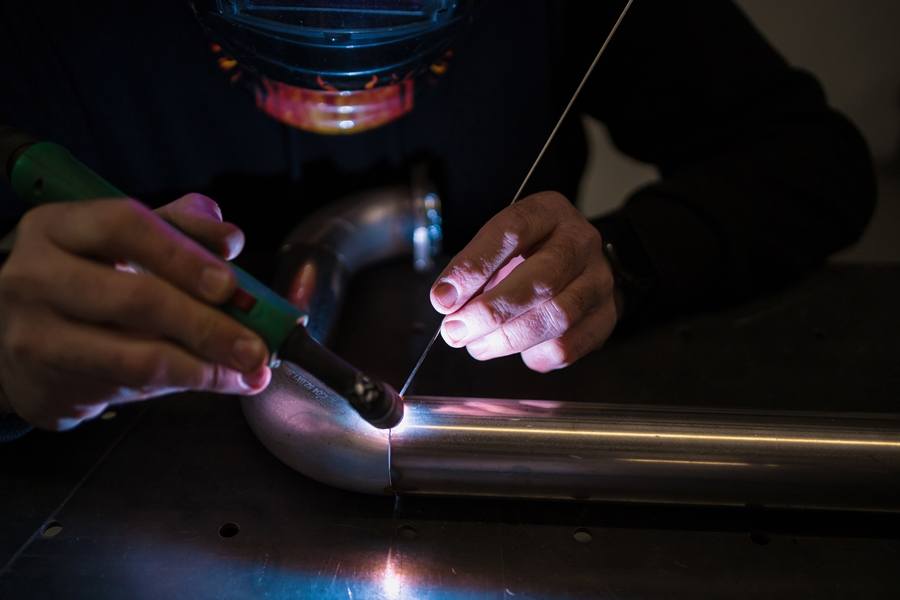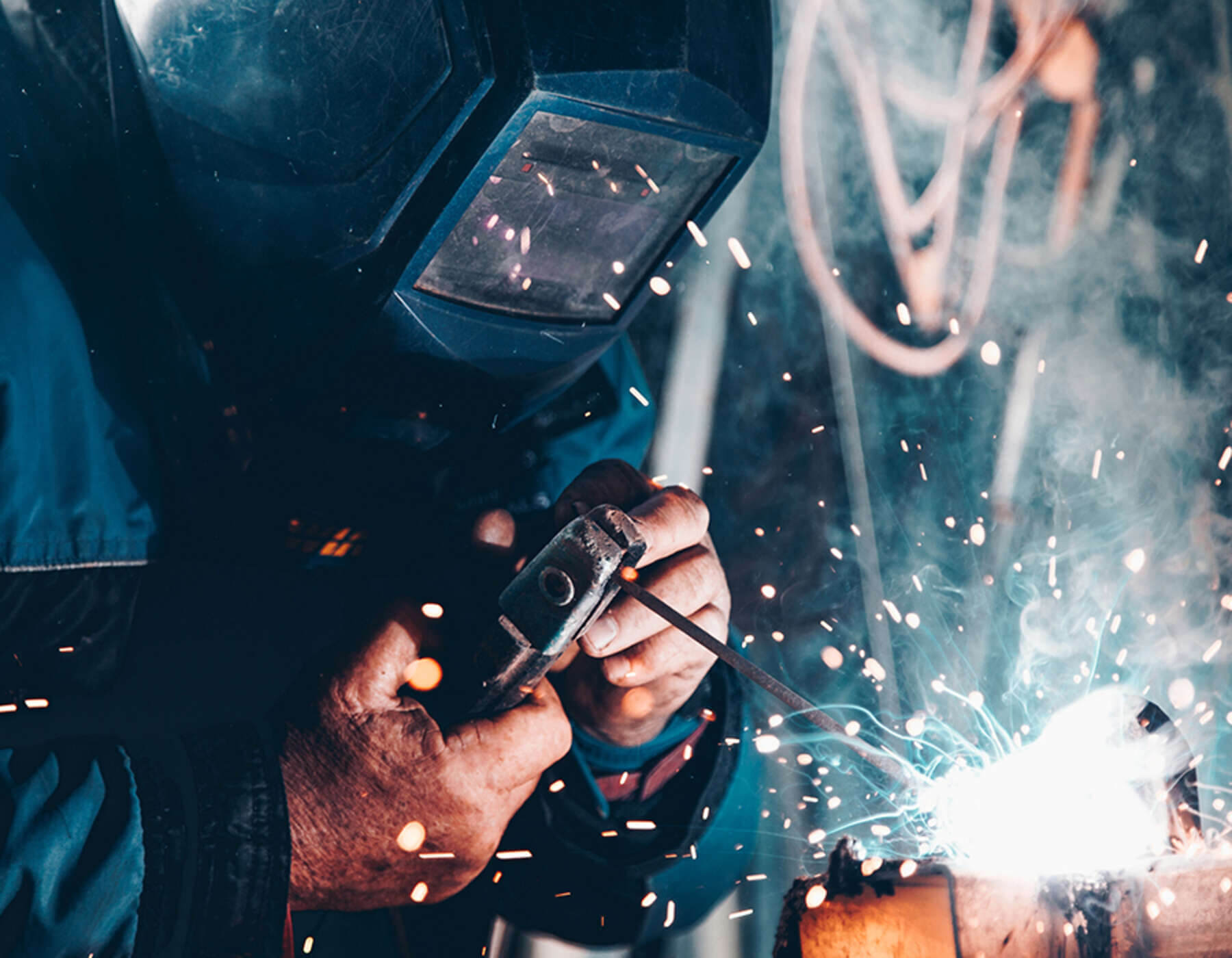
Spot welding is a common process that many welders, including our team at Morfab, use to weld two metal sheets or component parts together using a combination of pressure and heat.
This form of resistance welding is one of the oldest welding techniques in the industry, and we still use it today due to the numerous benefits and advantages it offers fabricators.
As one of the oldest fabrication processes it is also the only welding process that doesn’t use a filler material.
In this post we look at the process of spot welding in more detail and some of the reasons why fabricators still opt to use this technique today.
Spot welding explained
A resistance welding process, spot welding joins metals together by applying pressure and supplying an electrical current to the weld area. Joining metals together using electrodes and fusing them using heat.
It got its name because the weld that is left over looks like a button or a nugget—hence, spot
welding.
Often thought of as a staple welding process in manufacturing and assembly, spot welding is a technique used across a range of industries, such as automotive, aerospace, and rail. It is also used in the manufacture of white goods, metal furniture, electronics (protecting the components from overheating during manufacture), medical equipment, and buildings and construction.
Spot welding is suitable for stainless steel, nickel alloys, titanium, and low-carbon steels; however, for higher carbon steels, you may experience cracks at the weld, and it is always advisable to work with a professional.
It is also recommended that you avoid zinc alloys where possible for this type of weld, as the copper electrodes used in spot welding can degrade the surface of the material, resulting in a loss of weld quality.
Process of spot welding
The process of spot welding involves applying pressure and heat to the two materials to be
welded and using copper alloy electrodes contacting the sheet’s surface.
Heat is applied to melt the material using the shaped alloy copper electrodes; when the materials cool, the two parts are fused together, creating a solid joint.
The electric current provides the heat, which is transferred to the material through the copper alloy electrodes, delivering low-voltage and high-current electrical pulses to the weld.
It is important that the materials to weld are set overlapping each other, with the appropriate amount of heat and pressure then applied.
However, how much heat you apply depends on the material you are working with. In all instances, fabricators will use the mathematical equation:
Q = I 2Rt
Where;
Q = heat energy
I = current
R = electrical resistance
T = the time the metal is exposed to the pressure and current.
You must also consider applying the right amount of pressure to create a quality weld. Inadequate pressure can lead to a weak weld, but too much pressure can cause the weld joint to crack.
And, ensure the material does not reduce by more than 25% of its overall thickness during the welding process.
This level of information and insight allows for a more robust weld and secure joint, and it is always important to test the weld after it has been set to ensure that it is suitable for its intended application.
Further points to note:
- If you require more heat, use shorter electrodes
- Ensure there is never a gap between the materials being welded
- Make sure everything is aligned
- Keep machinery and equipment clean to ensure consistent flow.
Advantages and disadvantages of spot welding
Advantages
- It can be automated, allowing you to achieve high volumes in manufacturing, increasing production and assembly speeds.
- It is a fast, clean, straightforward process that provides strong, aesthetically pleasing welds.
- Spot welds are incredibly strong and long-lasting.
- You can join multiple sheets at the same time.
- Spot welding works best on metals with low thermal conductivity and high electrical resistance, such as low-carbon steel.
- Suitable process for spot welding solar panels, medical equipment, circuit boards, kitchenware, and more.
- No filler material is used, which makes it cost-effective and efficient.
Some of the disadvantages of this sheet metal fabrication service you should be aware of include:
- If you are working with aluminium be aware that spot welding can be more challenging and not always offer a stable quality.
- You need to ensure perfect alignment of the weld; otherwise, you risk deforming the base metal.
- You can’t weld thicker, denser sheets as the joints may not be as robust—you are limited to 3mm thick welds.
- Spatter can occur if the equipment is poorly handled.
- Non-metallic materials, i.e., composites, plastics, and wood, can’t be spot welded.
It is always recommended that you work with a trained welder if you require such sheet metal services. They have the experience and the know-how to avoid these disadvantages and reduce the risk to the quality of the product.
Sheet metal fabrication near me
Spot welding is a quick and efficient process that allows you to achieve a high-quality clean weld.
For further information on our welding services and support with your next fabrication project, call us at 0191 816 2718 or email your requirements to info@morfabrication.com; we’d be happy to help.
